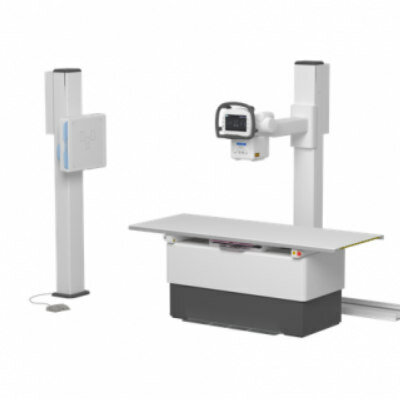Diffuse Optical Tomography for Breast Cancer Screening Undergoes Further Refinement
By MedImaging International staff writers
Posted on 27 Oct 2009
U.S. researchers in collaboration with German researchers are working to make the physical pain and discomfort of mammograms a thing of the past, while allowing for diagnostic imaging ultimately to be performed in a home setting. Posted on 27 Oct 2009
The group is fine-tuning diffuse optical tomography (DOT) to create high-resolution images from a scattering of infrared and visible light for the early detection of breast cancer. While the method is less expensive, safer and more comfortable than X-rays used in mammograms, the problem has been generating a strong enough resolution to detect smaller breast tumors.
Mathematical sciences professors Drs. Taufiquar Khan of Clemson University (Clemson; SC, USA) and Peter Maass of the University of Bremen (Germany) are developing mathematical models to improve resolution. "The problem with DOT is that it is a three-dimensional (3D) method where photon density waves launched from a source travel in a banana-shaped path due to multiple scattering, whereas X-rays follow straight lines which make the mathematical problem more manageable and the resolution of the image sharper.” said Dr. Khan. "With DOT, near-infrared or near-visible photons make the process safer for the body than with the radiation of X-rays, but they are difficult to track because of the scattering and absorption. So we are coming up with equations that will help get us from capturing cancers that are 4 mm in size, down to capturing those as small as 1 mm.”
According to Dr. Khan, benefits of DOT include the elimination of harmful radiation to the body as well as false positives and negatives caused by mammography X-rays. He added there are no harmful side effects to DOT, and some version of DOT eventually could be administered in a do-it-yourself setting at home within the next decade. In addition to breast screening, he says it eventually maybe used as part of other diagnostic procedures such as ultrasound.
"Even if it does not replace mammography, the results of our research are applicable across various areas of biomedical imaging. I envision that someday there will be machines based on these methods that everyone can use at home,” Dr. Khan said.
Related Links:
Clemson University
University of Bremen














